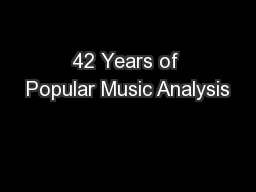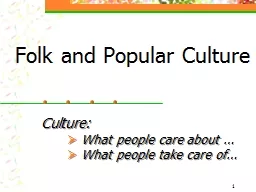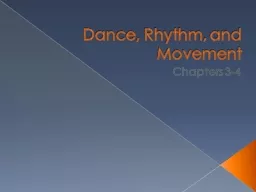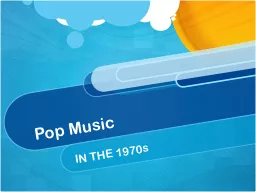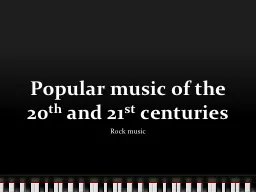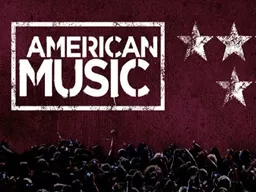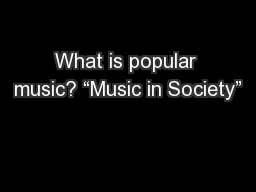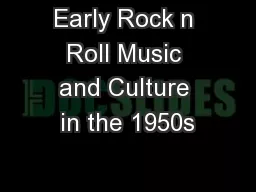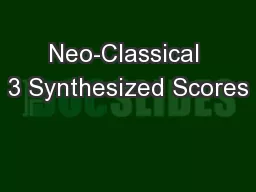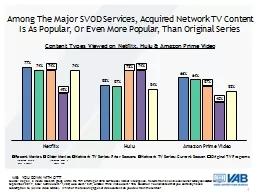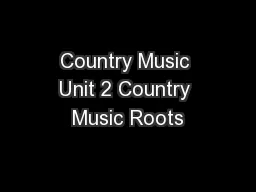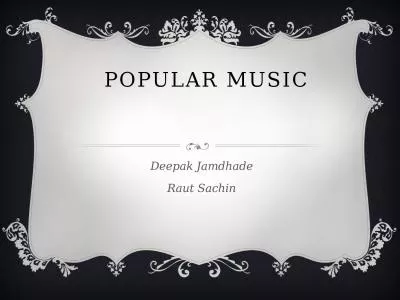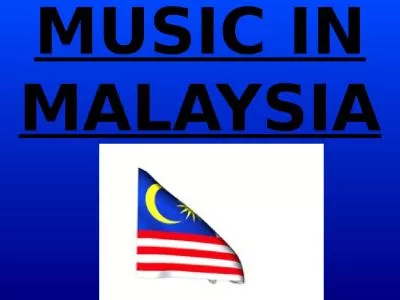PPT-42 Years of Popular Music Analysis
Author : cheryl-pisano | Published Date : 2015-12-07
Teaching in 21 Minutes 2 years per minute Philip Tagg Visiting Professor Universities of Huddersfield and Salford UK wwwtaggorg httptaggorgClipsNantes130531mp4
Presentation Embed Code
Download Presentation
Download Presentation The PPT/PDF document "42 Years of Popular Music Analysis" is the property of its rightful owner. Permission is granted to download and print the materials on this website for personal, non-commercial use only, and to display it on your personal computer provided you do not modify the materials and that you retain all copyright notices contained in the materials. By downloading content from our website, you accept the terms of this agreement.
42 Years of Popular Music Analysis: Transcript
Download Rules Of Document
"42 Years of Popular Music Analysis"The content belongs to its owner. You may download and print it for personal use, without modification, and keep all copyright notices. By downloading, you agree to these terms.
Related Documents

